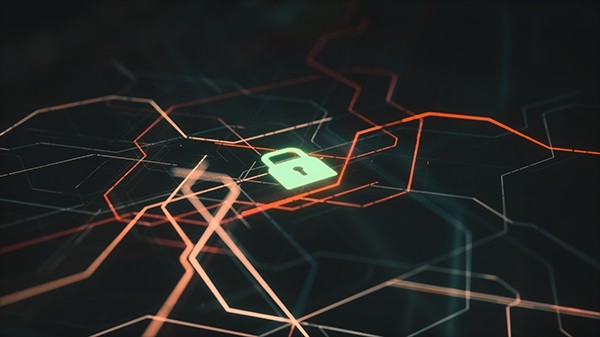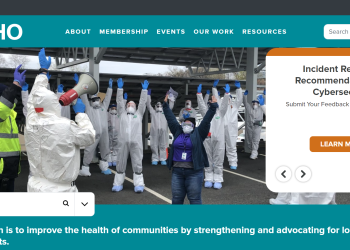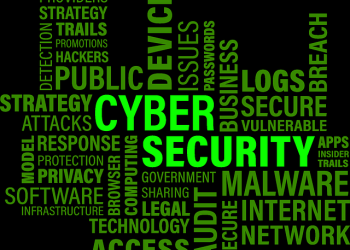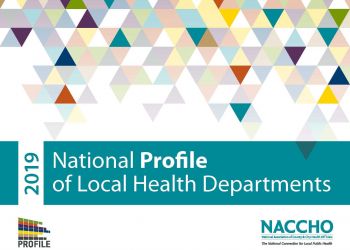Health departments rely increasingly on technology and data to carry out their mission, and threats to cybersecurity present a growing and serious challenge for public health and safety.
The Federal Bureau of Investigation (FBI) and the Department of Homeland Security’s Cybersecurity and Infrastructure Security Agency (CISA) have updated joint Cybersecurity Advisory AA22-335A: #StopRansomware: Cuba Ransomware, originally released on December 1. The advisory has been updated to include additional indicators of compromise (IOCs)
- Since the December 2021 release of FBI Flash: Indicators of Compromise Associated with Cuba Ransomware, FBI has observed Cuba ransomware actors continuing to target U.S. entities in the following five critical infrastructure sectors: Financial Services, Government Facilities, Healthcare and Public Health, Critical Manufacturing, and Information Technology. As of August 2022, FBI has identified that Cuba ransomware actors have:
- Compromised 101 entities, 65 in the United States and 36 outside the United States.
- Demanded 145 million U.S. Dollars (USD) and received 60 million USD in ransom payments.
CISA encourages organizations to review the latest update to AA22-335A and apply the recommended mitigations. Recommended mitigations include:
- Implement a recovery plan to maintain and retain multiple copies of sensitive or proprietary data and servers in a physically separate, segmented, and secure location (i.e., hard drive, storage device, the cloud).
- Require all accounts with password logins (e.g., service account, admin accounts, and domain admin accounts) to comply with National Institute for Standards and Technology (NIST) standards for developing and managing password policies.
- Use longer passwords consisting of at least 8 characters and no more than 64 characters in length.
- Store passwords in hashed format using industry-recognized password managers.
- Add password user “salts” to shared login credentials.
- Avoid reusing passwords.
- Implement multiple failed login attempt account lockouts.
- Disable password “hints.”
- Refrain from requiring password changes more frequently than once per year.
- Note: NIST guidance suggests favoring longer passwords instead of requiring regular and frequent password resets. Frequent password resets are more likely to result in users developing password “patterns” cyber criminals can easily decipher.
- Require administrator credentials to install software.
- Require multifactor authentication for all services to the extent possible, particularly for webmail, virtual private networks, and accounts that access critical systems.
- Keep all operating systems, software, and firmware up to date. Timely patching is one of the most efficient and cost-effective steps an organization can take to minimize its exposure to cybersecurity threats. Prioritize patching SonicWall firewall vulnerabilities and known exploited vulnerabilities in internet-facing systems. Note: SonicWall maintains a vulnerability list that includes Advisory ID, CVE, and mitigation. Their list can be found at psirt.global.sonicwall.com/vuln-list.
- Segment networks to prevent the spread of ransomware. Network segmentation can help prevent the spread of ransomware by controlling traffic flows between—and access to—various subnetworks and by restricting adversary lateral movement.
- Identify, detect, and investigate abnormal activity and potential traversal of the indicated ransomware with a networking monitoring tool. To aid in detecting the ransomware, implement a tool that logs and reports all network traffic, including lateral movement activity on a network. Endpoint detection and response (EDR) tools are particularly useful for detecting lateral connections as they have insight into common and uncommon network connections for each host.
- Install, regularly update, and enable real time detection for antivirus software on all hosts.
- Review domain controllers, servers, workstations, and active directories for new and/or unrecognized accounts.
- Audit user accounts with administrative privileges and configure access controls according to the principle of least privilege.
- Disable unused ports.
- Consider adding an email banner to emails received from outside your organization.
- Disable hyperlinks in received emails.
- Implement time-based access for accounts set at the admin level and higher. For example, the Just-in-Time (JIT) access method provisions privileged access when needed and can support enforcement of the principle of least privilege (as well as the Zero Trust model). JIT sets a network-wide policy in place to automatically disable admin accounts at the Active Directory level when the account is not in direct need. Individual users may submit their requests through an automated process that grants them access to a specified system for a set timeframe when they need to support the completion of a certain task.
- Disable command-line and scripting activities and permissions. Privilege escalation and lateral movement often depend on software utilities running from the command line. If threat actors are not able to run these tools, they will have difficulty escalating privileges and/or moving laterally.
- Maintain offline backups of data, and regularly maintain backup and restoration. By instituting this practice, the organization ensures they will not be severely interrupted, and/or only have irretrievable data.
- Ensure all backup data is encrypted, immutable (i.e., cannot be altered or deleted), and covers the entire organization’s data infrastructure.
Additional Cyber Security Resources:
- Stop Ransome Ware, the U.S. Government’s official one-stop location for resources to tackle ransomware more effectively. Here you can find resources to protect from and respond to ransomware attacks.
- Resources include the ransomware self-assessment tool and other resources.
- Protecting Sensitive and Personal Information from Ransomware-caused Data Breaches
- CISA Alerts. Individuals can subscribe to receive up to date alerts from CISA.
Interested in weekly updates about Cybersecurity? Subscribe to the Healthcare and Public Health Sector Highlights- Cybersecurity Edition from ASPR.








